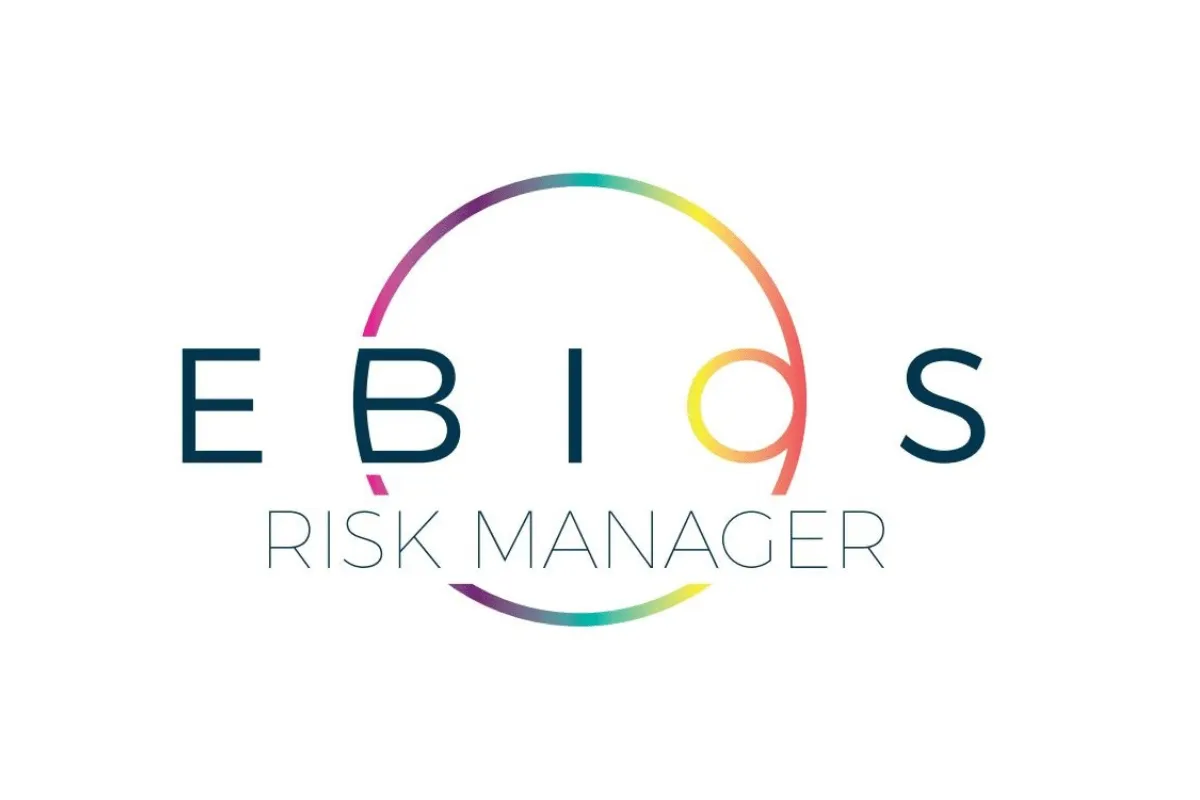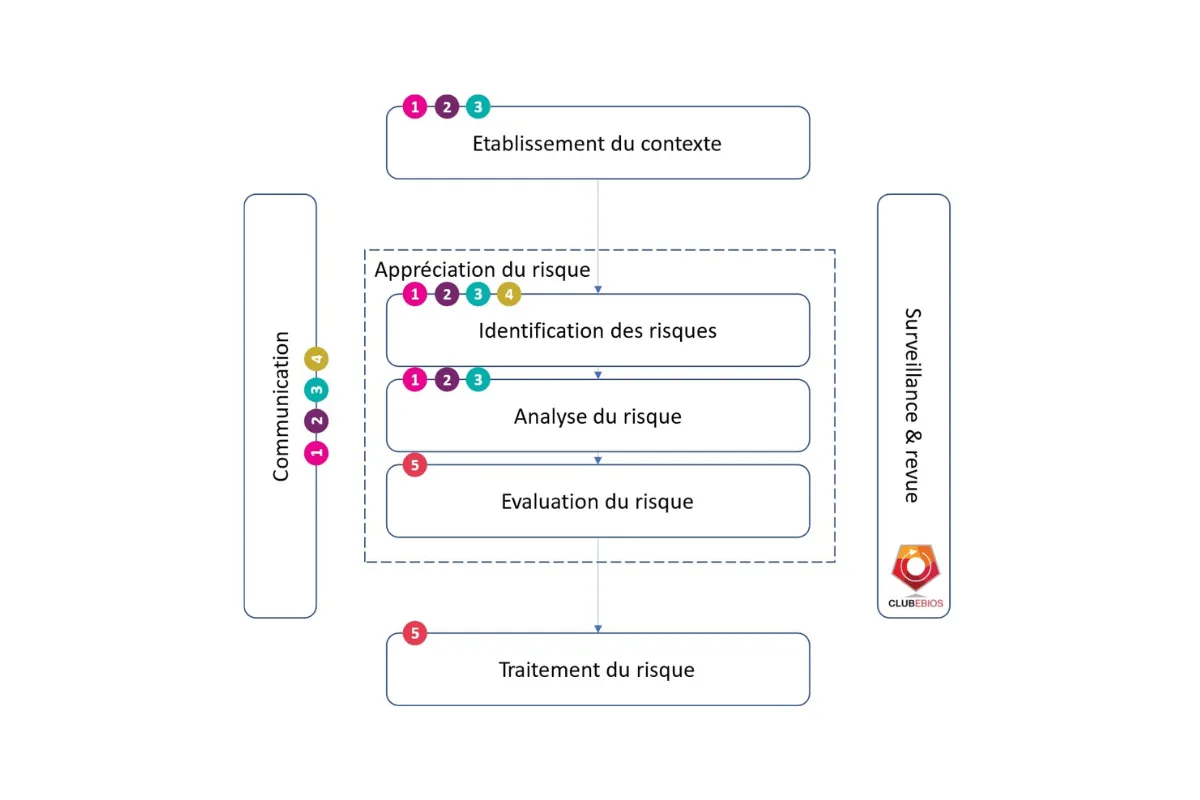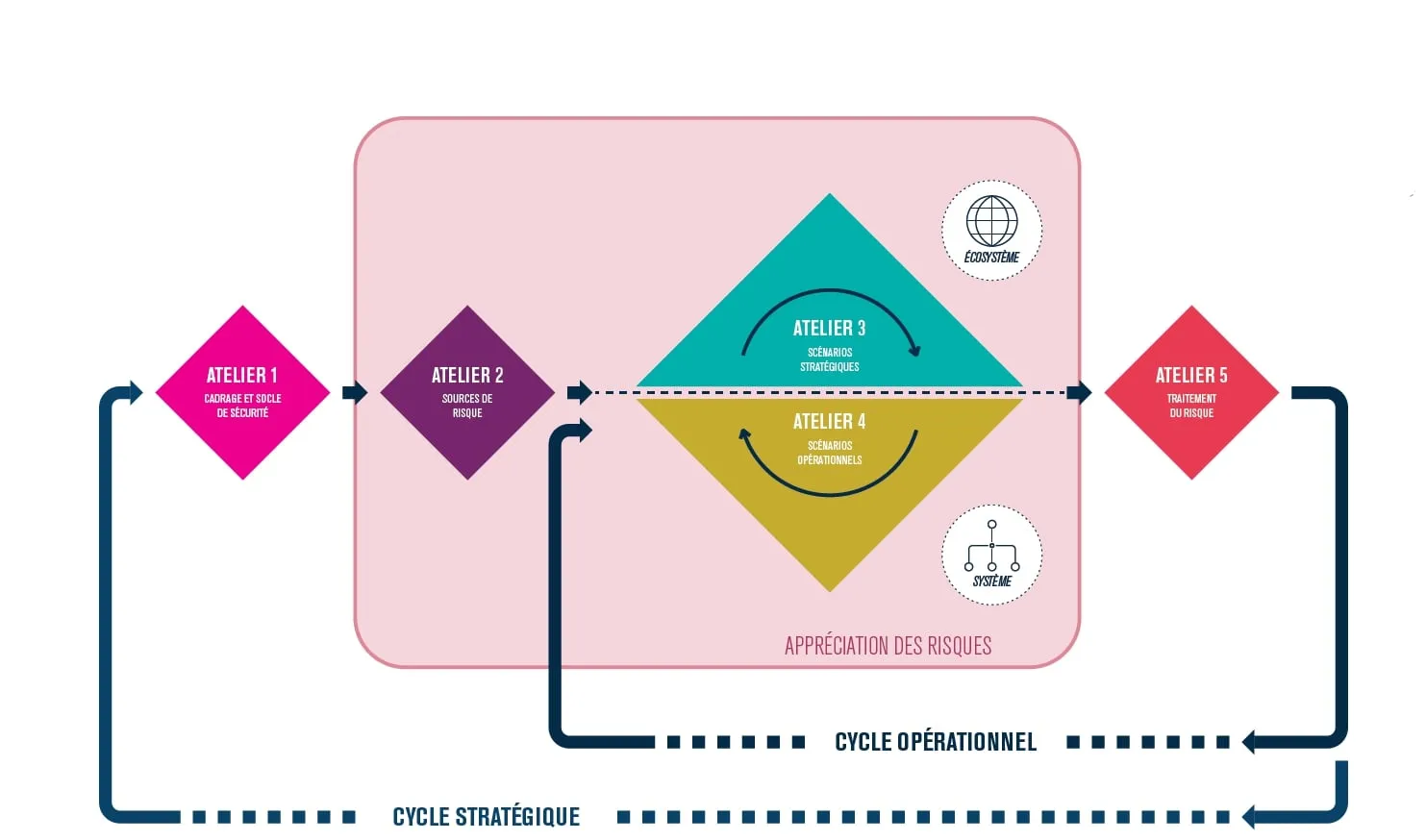
EBIOS RM: The french reference for cyber risk analysis
In a context where digital threats continue to grow, organizations must adopt solid approaches to identify, assess, and mitigate cybersecurity risks. The EBIOS Risk Manager (EBIOS RM) method, revised in 2024, stands out as an essential solution. Adopted at the french level or even Europe, this structured method provides a rigorous framework for integrating digital risk management into an organization's overall strategy. This article explores this standard in detail, including its objectives, principles, and practical application.
EBIOS RM – What is it?
EBIOS RM (Expression of Needs and Identification of Security Objectives – Risk Management) is a registered trademark of the General Secretariat for Defense and National Security (SGDSN). It is a methodology published by the National Cybersecurity Agency of France (ANSSI) to assess and manage cybersecurity risks. With the 2024 version, EBIOS RM takes a new step by integrating international standards requirements, particularly ISO/IEC 27001:2022, and aligning with European risk management practices. Often compared to ISO 27005, this methodology stands out for its pragmatic and scenario-based approach.
EBIOS RM provides a structured framework to identify threats, assess their impacts, and define appropriate security measures. It relies on a detailed analysis of risk scenarios, emphasizing:
- Mapping business and technical challenges.
- Identifying emerging threats.
- Prioritizing risk treatment.
EBIOS RM – objectives
The main objective of EBIOS RM 2024 is to help organizations strengthen their cybersecurity risk management while optimizing resources and ensuring compliance with current regulations. More specifically, the methodology enables organizations to:
1. Anticipate risks
One of the core principles of EBIOS RM is to proactively identify threats, vulnerabilities, and risk scenarios before they materialize. Through a proactive approach, this methodology provides a clear vision of each organization’s risk ecosystem, facilitating optimal preparation against cyber threats.
2. Prioritize actions
Adopting EBIOS RM helps companies efficiently allocate resources based on the most critical business challenges. This ensures targeted protection of essential assets while minimizing costs and efforts related to less relevant security actions.
3. Align cybersecurity with strategic objectives
Successful risk management requires ensuring that cybersecurity is fully aligned with the organization’s strategic and operational priorities. EBIOS RM ensures that security measures contribute to achieving the company’s overall objectives while protecting its long-term interests.
4. Facilitate regulatory compliance
EBIOS RM facilitates the integration of cybersecurity with existing standards and regulations such as GDPR, the NIS2 Directive, and ISO/IEC 27001 standards. This approach enables organizations to meet regulatory requirements smoothly while strengthening their security posture.
Since the latest updates to the EBIOS RM Framework, it is now fully compatible with ISO27005:2022 - Guidelines for Information Security Risk Management. The EBIOS club provides the following infographic illustrating the correspondence between the five EBIOS RM workshops and ISO27005.

EBIOS RM – The 5 Workshops: A Structured Approach to Risk Management
The EBIOS Risk Manager (EBIOS RM) methodology is based on five complementary workshops that allow organizations to identify, assess, and address cybersecurity risks. These workshops provide a progressive and consistent approach to understanding exposure to threats and implementing appropriate protective measures.
Thanks to its expertise, DATIVE supports you in implementing a cybersecurity strategy aligned with your objectives. Let’s talk about it!
Step 1: Scoping and Security Baseline
This workshop defines the scope of the analysis by identifying the critical assets to be protected, such as sensitive data, critical infrastructures, and vital services. It also sets security objectives and aligns stakeholders on a common vision of the challenges. The outcome of this workshop is a validated security perimeter that is consistent with the organization's strategy.
Step 2: Risk Sources
The goal here is to identify actors that could pose a threat to the defined perimeter. Risk sources are categorized as internal (human errors, insider threats) and external (cybercriminals, nation-states, hacktivists, etc.). This workshop relies on modeling the interactions between assets and their environment to anticipate potential threats.
Step 3: Strategic Scenarios
Based on the identified risk sources, this workshop aims to develop plausible attack scenarios by combining vulnerabilities with realistic attack methods. The objective is to assess threats from a strategic perspective, considering attacker motivations and potential impacts on the organization. These scenarios help determine the main directions for risk management.
Step 4: Operational Scenarios
This workshop translates strategic scenarios into concrete situations that could affect critical assets and business processes. It involves assessing the probability and impact of each risk to prioritize them. This prioritization allows organizations to focus efforts on the most significant threats and define appropriate risk tolerance levels.
Step 5: Risk Treatment
The final step of the methodology, this workshop consists of defining and implementing security measures proportionate to the identified risks. These measures can be technical (encryption, network segmentation), organizational (incident response protocols), or contractual (cybersecurity clauses in supplier agreements). The objective is to ensure an optimal level of protection while maintaining the organization’s resilience.
Through these five workshops, EBIOS RM enables robust risk management aligned with the strategic and operational challenges of organizations. This methodical approach helps anticipate threats, structure defense mechanisms, and strengthen cybersecurity posture.

EBIOS RM - Why Adopt It?
A structured and operational approach to risk management
EBIOS Risk Manager (EBIOS RM) is much more than just a risk analysis method. It is a robust methodological framework, designed to help organizations understand, anticipate, and address threats to their information systems. By adopting this approach, companies can structure their risk management in a coherent manner, while optimizing resources and facilitating decision-making at the highest levels.
DATIVE helps you structure your risk analyses using the EBIOS RM method. Contact us!
Alignment with strategic issues
One of the main strengths of EBIOS RM is its ability to align cybersecurity with the organization's strategic objectives. By focusing on the most critical risk scenarios, it allows decision-makers to concentrate their efforts on risks that significantly impact business continuity, protection of sensitive data, and resilience to cyberattacks.
A collaborative and understandable approach
EBIOS RM promotes a collaborative approach involving the various stakeholders within the organization. Its structured framework allows both technical experts and decision-makers to be effectively involved, ensuring a better understanding of risks and more efficient management. Risk modeling is carried out in a clear and accessible way, making it easier to adopt relevant and appropriate protective measures.
An adaptive and continuously improving method
As the cybersecurity landscape is constantly evolving, EBIOS RM incorporates a continuous improvement process. Risk analyses are not fixed over time, but regularly updated based on the evolution of threats, vulnerabilities, and new cybersecurity challenges. This flexibility ensures optimal and dynamic protection against emerging risks.

Resources and references
To deepen your knowledge of the EBIOS RM method and cybersecurity risk management, here are some essential resources:
- ANSSI : https://cyber.gouv.fr/la-methode-ebios-risk-manager
- EBIOS Club : https://club-ebios.org/site/
- ISO/IEC 27001:2022 : https://www.iso.org/fr/standard/27001
- NIS2 Directive : https://cyber.gouv.fr/la-directive-nis-2
- GDPR : https://www.cnil.fr/fr/reglement-europeen-protection-donnees
DATIVE supports you in integrating EBIOS RM for robust cybersecurity aligned with your goals. Contact us
Conclusion
EBIOS RM is a key method for organizations looking to optimize their cybersecurity risk management. By offering a framework tailored to the realities of current threats, facilitating alignment with strategic objectives, and reinforcing compliance with regulatory requirements, it stands as an essential lever for information system security. For cybersecurity professionals, adopting EBIOS RM means having a powerful and adaptable tool to effectively manage today’s and tomorrow’s digital risks.
FAQ
Question 1: What is the EBIOS RM methodology and why is it important for cybersecurity risk management?
EBIOS RM (Expression of Needs and Identification of Security Objectives - Risk Management) is a structured methodology for evaluating and managing cybersecurity risks. It enables companies to better understand the threats to their systems and adopt a proactive approach to mitigate them.
Question 2: How does EBIOS RM integrate into an overall risk management process?
EBIOS RM fits perfectly into an overall risk management process by providing a systematic approach to identifying, evaluating, and treating risks. It links specific cybersecurity issues to the organization’s objectives, facilitating informed decision-making.
Question 3: What are the main advantages of adopting EBIOS RM in an organization?
EBIOS RM offers several benefits: a better understanding of the organization’s specific risks, proactive vulnerability management, and a reduction in the costs associated with security incident management. It also strengthens compliance with standards and regulations.
Question 4: How is EBIOS RM more effective than other risk management methodologies?
EBIOS RM stands out due to its security needs-based approach for organizations, its flexibility to adapt to various contexts, and its ability to integrate both human and technical factors into risk assessment. It allows for a thorough evaluation of threats, taking into account the specifics of the organizational context.





